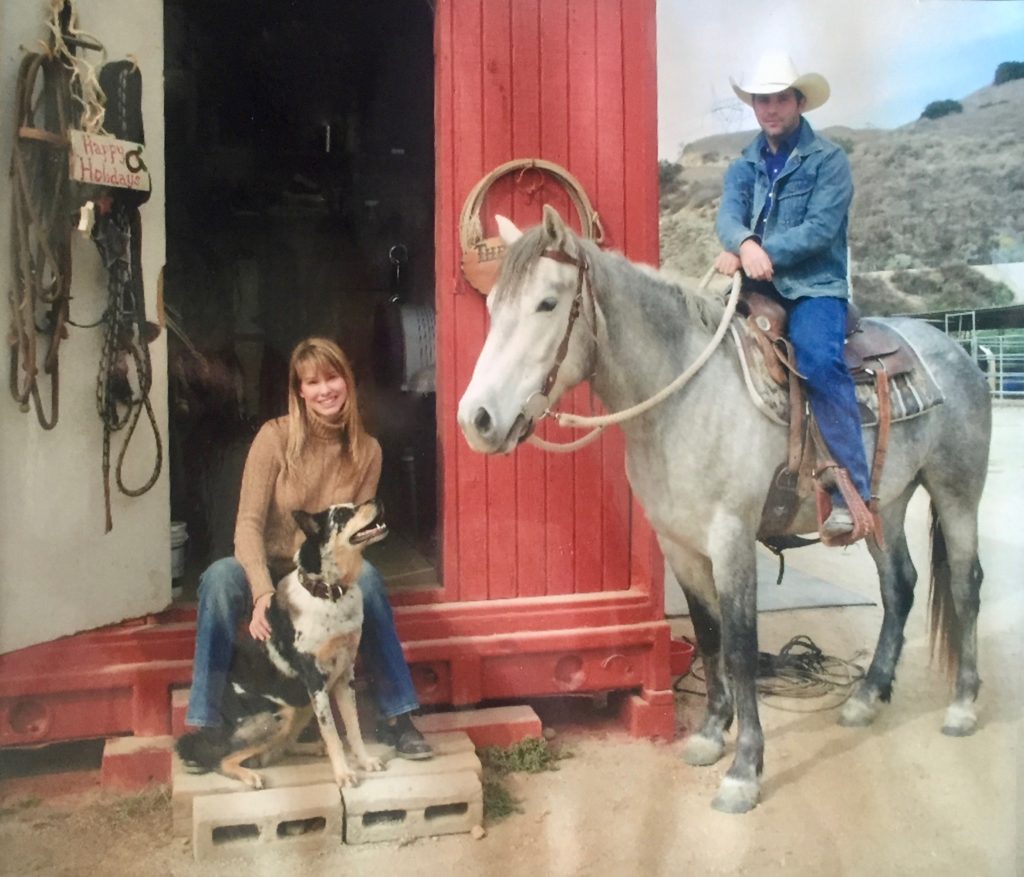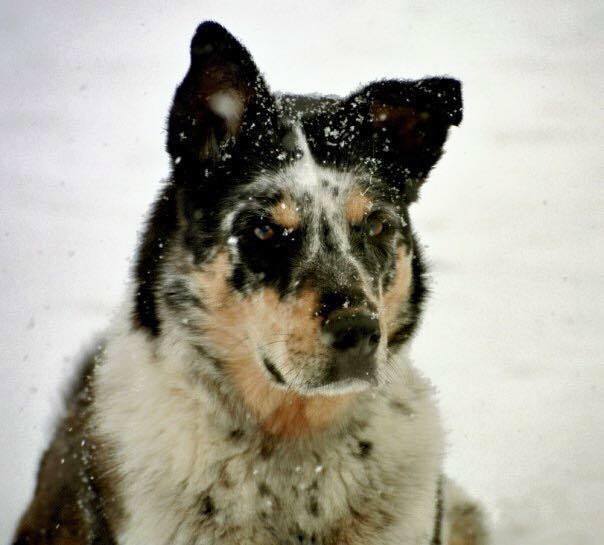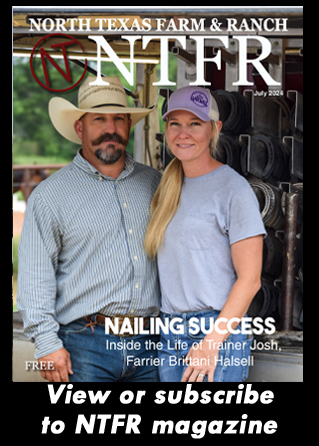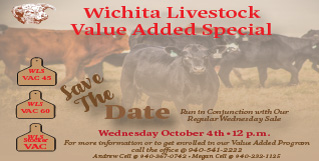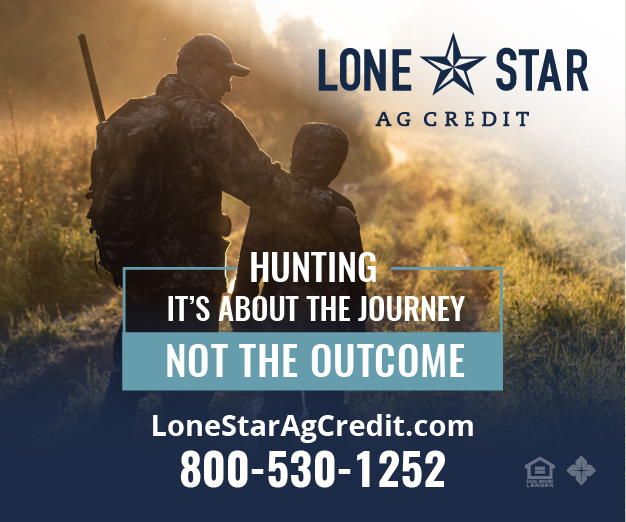HOME
The Natural Horseman – A Family’s Best Friend
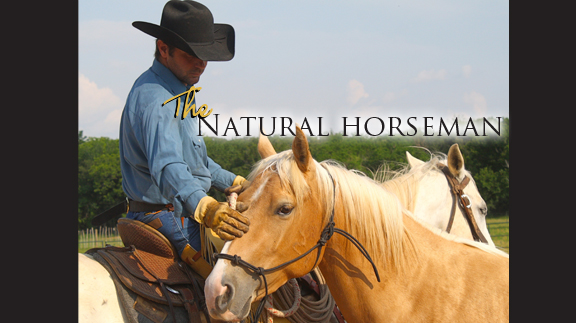
By Steve Stevens
We laid to rest a truly beautiful spirit a couple of weeks ago, our twelve-year-old rescue dog, a mix of Australian Shepherd and Husky, “Scarlett.”
As I have spent some time reflecting on our loss, I know the saying goes a “Man’s best Friend,” but Scarlett was more than that. She was the “Family’s Best Friend.”
My wife and I came upon Scarlett during a time very early in our relationship. She was maybe our first choice of relationship responsibility. I had come across her during a random stop at a local shelter. Although she was a puppy, she seemed to have an old soul and appreciation for life. She didn’t seem phased by the road she had not chosen.
Scarlett looked directly into my eyes with a unique sparkle, and I knew we had to have her. I called Amanda and told her she just had to see her. The moment they met it was no longer a choice but a need to have this little big eared black, grey and white puppy in our life. We had to buy her in a bidding option and there was one other lady making her attempt to out bid us. Amanda grabbed my arm tight and twisted hard, and gave me a look I have come to know as “don’t mess this up.” We paid way more than we had expected on a rescue, but her value would soon become unparalleled.
Looking back, there was only one being with Amanda and me from the beginning of our relationship and that has been Scarlett. Scarlett was named after Scarlett O’Hara from “Gone with the Wind.”
Much like the character, Scarlett became the strength of our family, the one that held us together. She was beautiful, tough, a little spoiled.
Our Scarlett was very kind, kind to all comers.
I started thinking how Scarlett had been there on all of our youthful adventures as we loved to travel the American West. We dragged her all over the place, to the mountains, to the desert searching for wild Mustangs, back and forth to Scottsdale, Arizona, to visit Amanda’s parents and family, to Gallup, New Mexico, to see my dear friend Sonny. She loved to play in the snow; there she was probably at her happiest. She also loved meeting new people. Sometimes people could be intimidated by her because of her size and bark, but she never hurt a soul.
She was with us when we left California to move to our first home in Texas to live our new adventure on a ranch. She chased wild turkey and ran with the horses there. She was there when we brought our newborn son home then when we brought our new daughter home. She protected them and I always felt safe when I was not there. I knew she would watch over. She cuddled up tight next to us when a tornado hit our home in Cleburne.
Training horses can be a very lonely job, a lot of time spent outside riding on your own. That would have been the case, but Scarlett was always there with me for nearly every ride. She loved being outside with me and the horses. I always felt safe when she was watching.
Scarlett was there in our most trying time when Amanda got diagnosed with cancer. I can’t tell you how many times I would get down on the floor and squeeze her and cry to her when no one was watching, as I felt she was the only one I could share my fears with with.
She greeted each new member of the family with joy. First Melanie, (also named from “Gone with the Wind”) the crazy sick kitten that showed up in the barn and then her best friend, “Woodrow,” the little funny corgi mix that we took in when we knew better.
She always smiled and wagged her tail with such appreciation when we would come back home after being gone for an hour or a week.
Scarlett introduced our young children to how beautiful owning a dog can be.
Scarlett walked this earth with Grace, love and pride. I can picture her now, running and hopping through lush fields of green grass, cutting back and forth as she did in her youth, like she is working a wild Corriente steer.
I know she is in a place where her pain is gone. We love you Scarlett.
HOME
Joe N. “Buzz” Thorp to Receive Ranching Heritage Association Working Cowboy Award
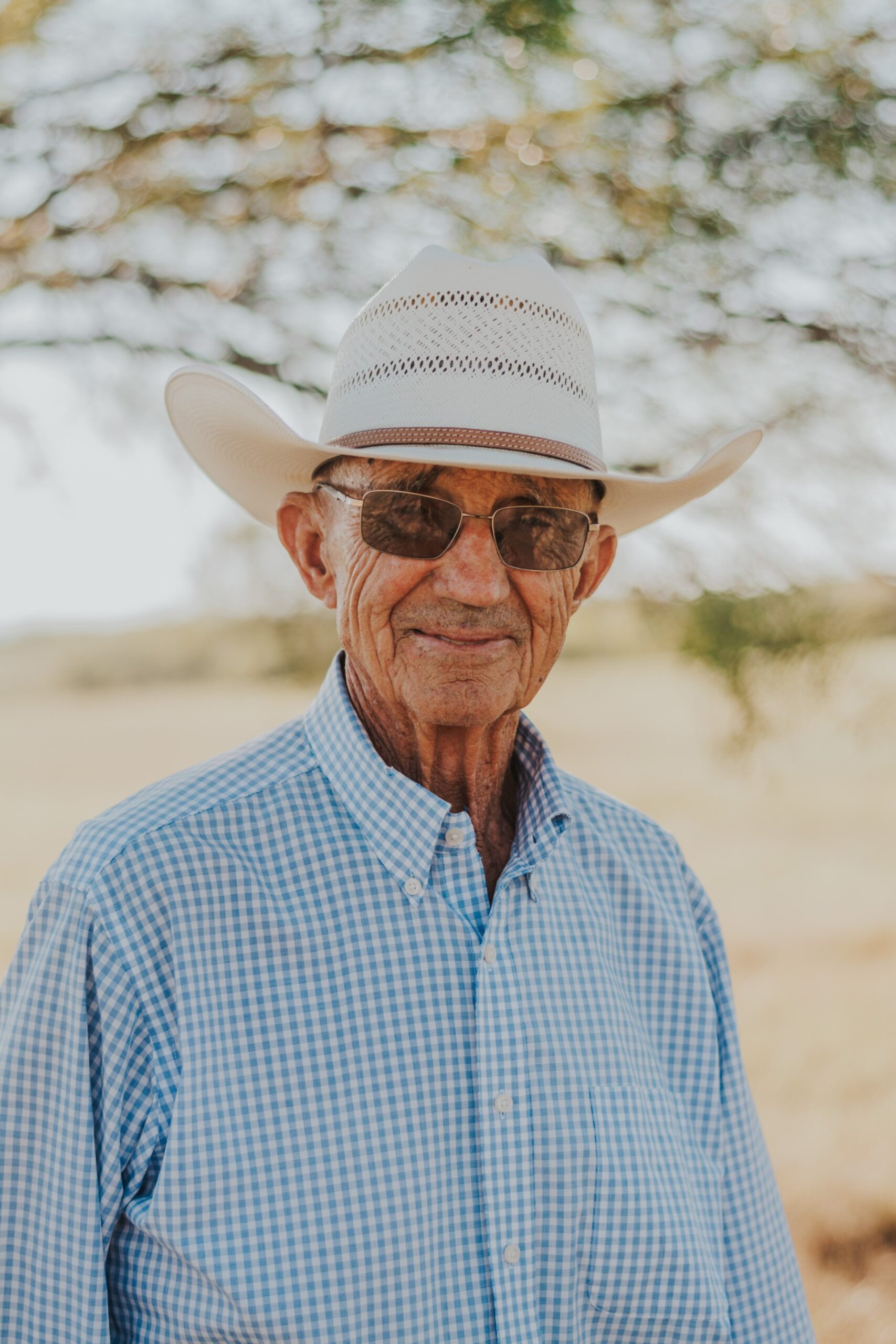
Joe N. “Buzz” Thorp, a cowboy who has worked on ranches from Tennessee to Montana and New Mexico to Texas, will be the sixth recipient of the Ranching Heritage Association (RHA) Working Cowboy Award presented during the annual National Golden Spur Award Honors on Saturday, October 5, at the Lubbock Memorial Civic Center in Lubbock, Texas.
“The RHA Working Cowboy Award is designed to recognize an outstanding individual who makes his living primarily horseback, caring for livestock on a daily basis,” said Jim Bret Campbell, executive director of the Ranching Heritage Association and the National Ranching Heritage Center. “Buzz Thorp represents all of the facets of the working cowboy award. He is a cowboy’s cowboy, a teacher and a true representative of our cow-country values.”
The Ranching Heritage Association, a nationwide non-profit membership organization supporting historical preservation and educational efforts through the National Ranching Heritage Center, presents the prestigious recognition on an annual basis. The award honors a working cowboy skilled in all aspects of ranch work and respected by the ranch crew and ranching community.
“Our Board of Directors believes it’s important to recognize those folks who brave all kinds of weather and conditions to ensure that work on a ranch gets done,” Campbell said, noting that award nominations for Thorp described him as a multi-talented working cowboy who has served for decades as a role model for younger cowboys in trade and character.
“More than a cowboy, Buzz is a cowman and a steward,” stated Rob A. Brown, who grew up working with Buzz on the R.A. Brown Ranch. “He is a horseman and a conservationist with expertise in so many areas that this letter could be filled merely listing them out. In my view, at the most fundamental sense, Buzz is a teacher.”
Thorp worked for his father, B.F. Thorp, in Throckmorton County in Texas while growing up. He also cowboyed for his uncles and cousins during that time. He worked for the Muleshoe Cattle Company while attending Texas Tech University, where he graduated with a degree in animal husbandry in 1954.
At age 21, Thorp managed Ridglea Angus Farms in Dickson, Tennessee, before returning to Throckmorton where he worked for the R.A. Brown, McClusky and Birdwell ranches. He also ran his own cows and trained horses. In 1974, Thorp became the cow boss at Spanish Creek Ranch in Gallatin Gateway, Montana. From there, he moved to manage yearlings on Jones Ranch at Wagon Mound, New Mexico. Thorp managed the McKee Ranch in Galisteo, New Mexico, before returning to Texas to manage ranches in Palo Pinto, Throckmorton and Baylor counties, including the Wagon Creek Spade Ranch outfit. Thorp managed that division of the Spade Ranches for 10 out of the 12 years he worked there.
Recognized as an outstanding stockman, horseman and teacher, at age 91, Thorp continues to be in demand to day-work on neighboring ranches, including the R.A. Brown Ranch. A notable horse trainer, Thorp has trained horses that have gone on to successful careers on ranches and in the arena, including for his grandson, Wesley Thorp, who is a two-time Professional Rodeo Cowboys Association heeling world champion.
“As his grandson, childhood stories were often told about his days working cattle and training horses,” Wesley said. “He’s [had an influence] on many great ranches such as Haythorn, Swenson and Browns. He is an all-around hand and one great cowboy. The impact he has had on my team roping career is one that will last forever.”
“In addition to his technical skills, Buzz is also an outstanding leader and mentor,” said Kelli Brown of the R.A. Brown Ranch. “He is always willing to share his knowledge and expertise with others, whether they are seasoned ranch hands or newcomers to the industry. His patience and dedication make him an asset to any neighbors and friends. I am thankful that he has mentored numerous generations of our Brown family, including my husband and sons.”
Thorp’s lifetime of cowboying accomplishments will be honored at the National Golden Spur Award Honors on October 5. Sponsorship packages for the National Golden Spur Award Honors, including table sponsorships, are currently available. Individual tickets for the National Golden Spur Award Honors will go on sale to the public August 8. For event details visit goldenspurhonors.com.
HOME
Farm and Ranch Injuries
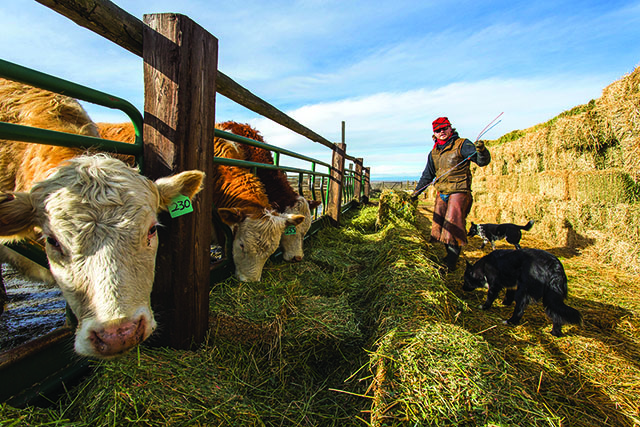
By Barry Whitworth, DVM
In January, I attended the Oklahoma Veterinary Conference. While waiting for one of the sessions to start, a classmate of mine commented how many of the attendees walk with a limp, used a cane, and/or have damaged hands. We all agreed that working with animals is hard on the body. In general, anything associated with farming and ranching is dangerous.
Most farmers and ranchers know that agriculture is a dangerous occupation. According to United States Bureau of Statistics, workers involved in agriculture, forestry, and fishing had the highest occupational fatality rate in 2022. The fatality rate of 23.5 per 100,000 full-time equivalent (FTE) workers for this group is much higher when compared to the overall occupation fatality rate of 3.7 per 100,000 FTE. Most of the agriculture-related fatalities are associated with transportation, such as tractor overturns, and vehicle crashes, but a fair number involve livestock.
To read more, pick up a copy of the March issue of NTFR magazine. To subscribe by mail, call 940-872-5922.
HOME
Jesses Jewelz

By Jesse Kader
Comfy and keep it western. That’s the name of the game this month. It’s hot and who wants clingy clothing? This jumpsuit is perfectly comfortable and relaxed without forfeiting the fashion. Dress it up or keep it casual. See this and more at www.jessesjewelz.com.
-
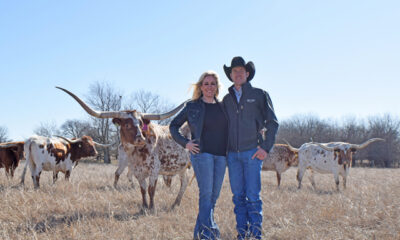
 Country Lifestyles1 year ago
Country Lifestyles1 year agoScott & Stacey Schumacher: A Growth Mindset
-
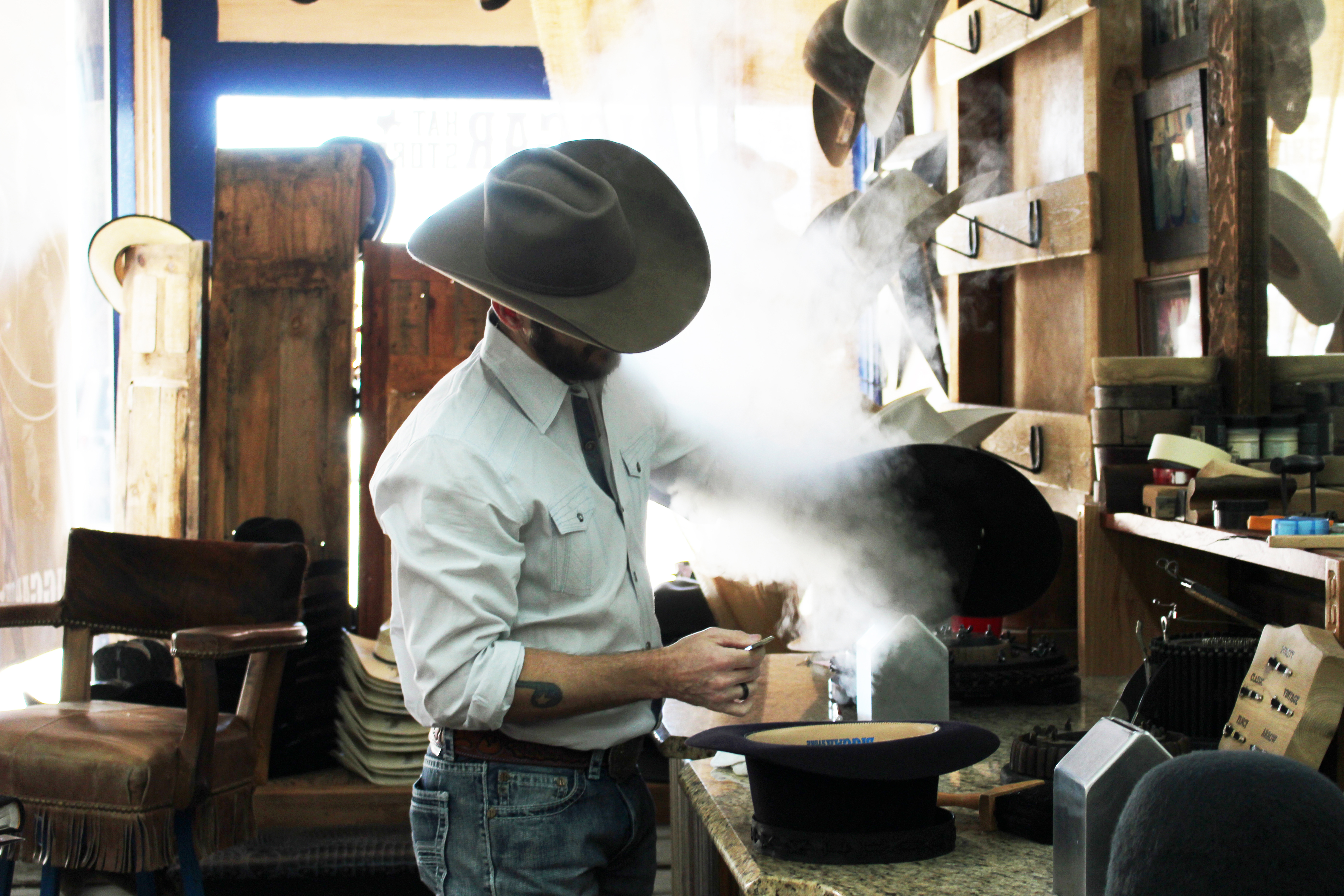
 Country Lifestyles7 years ago
Country Lifestyles7 years agoStyle Your Profile – What your style cowboy hat says about you and new trends in 2017
-
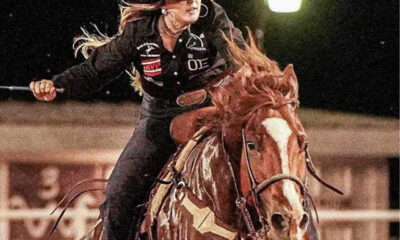
 Equine10 months ago
Equine10 months agoThe Will to Win
-
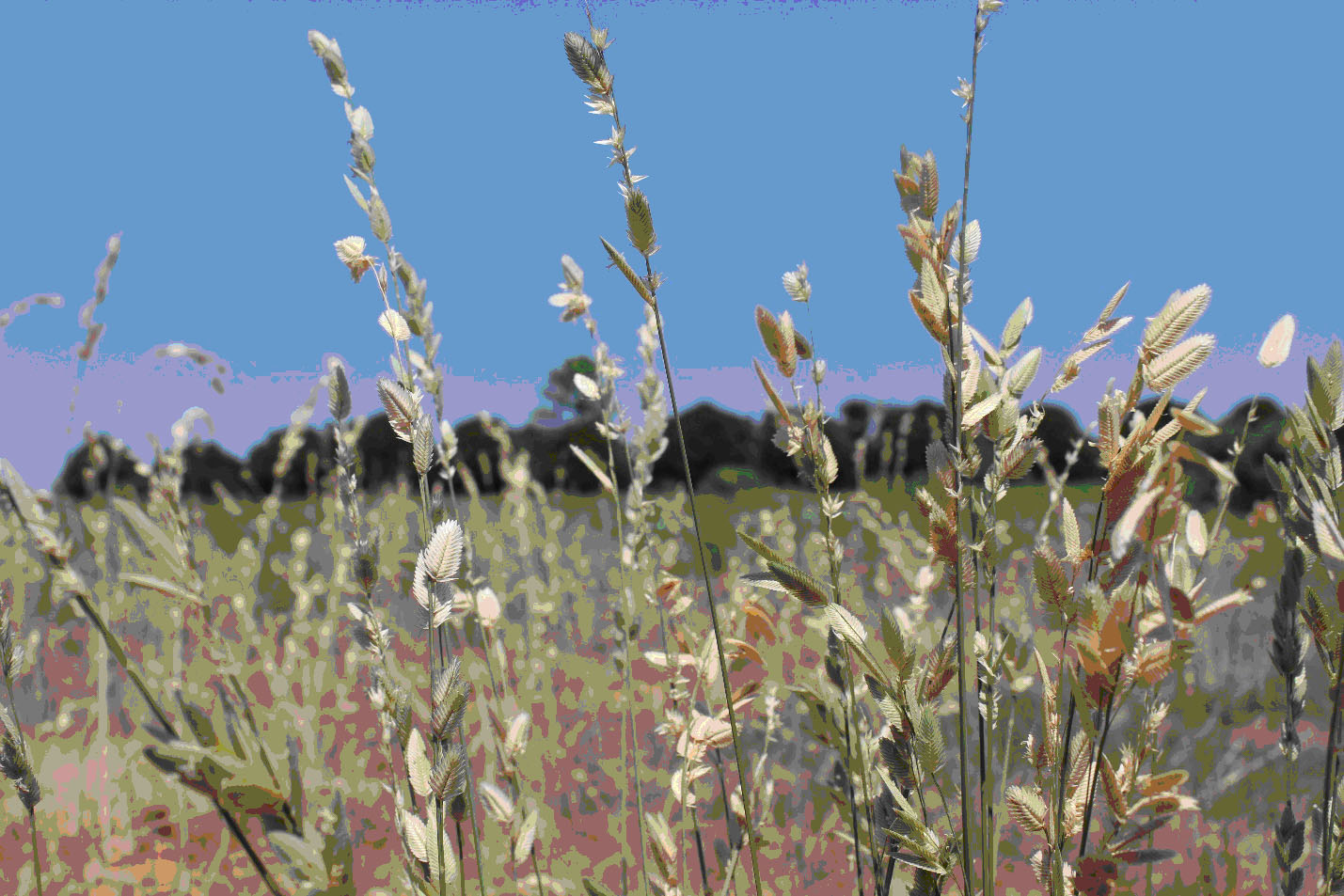
 HOME7 years ago
HOME7 years agoGrazing North Texas – Wilman Lovegrass
-
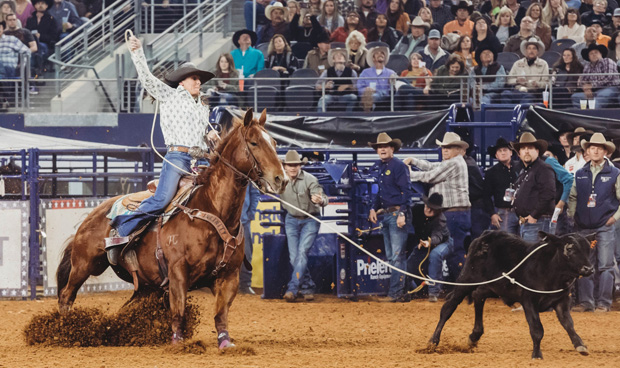
 Country Lifestyles4 years ago
Country Lifestyles4 years agoAmber Crawford, Breakaway Roper
-
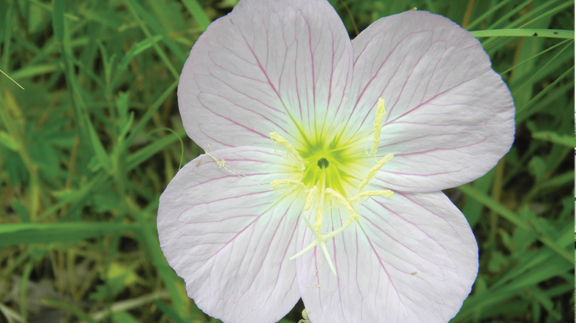
 Outdoor9 years ago
Outdoor9 years agoButtercup or Primrose?
-
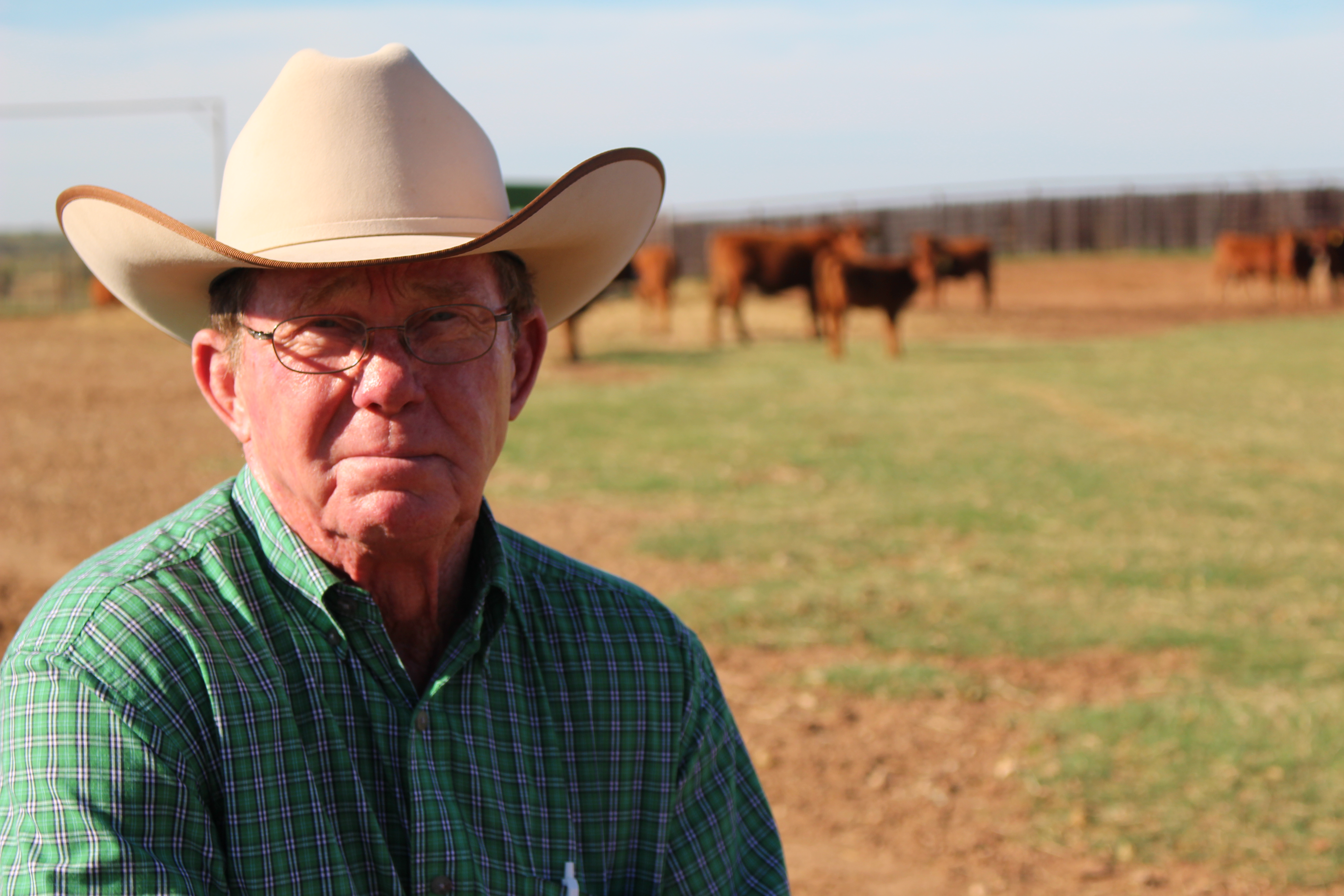
 Country Lifestyles8 years ago
Country Lifestyles8 years agoDecember 2016 Profile, Rusty Riddle – The Riddle Way
-
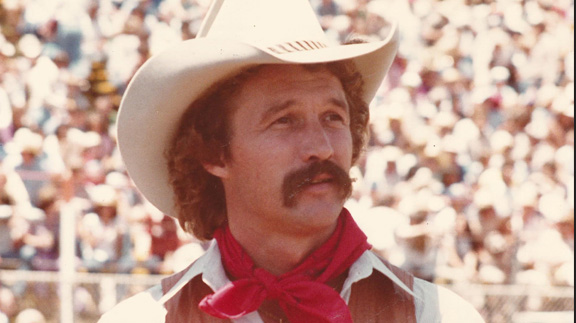
 Country Lifestyles8 years ago
Country Lifestyles8 years agoJune 2016 Profile – The man behind the mic: Bob Tallman

